The Sexually Transmitted Disease Gonorrhea Has Become Increasingly Resistant To Treatment
The sexually transmitted disease gonorrhea has become increasingly resistant to treatment. The bacterium that causes the sexually transmitted disease gonorrhea is resistant to multiple standard antibiotics and now threatens to develop resistance against ceftriaxone which. The most likely scientific explanation for the increased resistance of gonorrhea to treatment with antibiotics is antibiotic-sensitive gonorrhea bacteria died out but antibiotic-resistant. According to the CDC gonorrhea has become resistant to nearly all of the antibiotics that have been used to treat it CDC 2019.
Dmen and particularly men who are circumcised are more susceptible to STIs. Gonorrhea has progressively developed resistance to the antibiotic drugs prescribed to treat it. Following the spread of gonococcal fluoroquinolone resistance the cephalosporin antibiotics have been the foundation of recommended treatment for gonorrhea.
The growing problem of antibiotic-resistant gonorrhea has health experts concerned that the sexually transmitted disease will continue to become increasingly difficult to treat. Gonorrhea may soon become untreatable. What is the most likely.
See also Overview of Sexually Transmitted Diseases Gonorrhea is a very common infectious disease. The emergence of cephalosporin-resistant gonorrhea would significantly complicate the ability. Over the last three decades gonorrhea has become increasingly resistant to antibiotics leaving few options left to treat the disease.
The CDC says that gonorrhea is among three diseases called urgent. Bresistance to treatment or lack of a cure. Antibiotic-sensitive gonorrhea bacteria died out but antibiotic-resistant gonorrhea bacteria survived and multiplied.
The FDA is conducting clinical trials on new antibiotics that may be useful in treating. The sexually transmitted disease gonorrhea has become increasingly resistant to treatment with antibiotics. CSTIs can be easily transmitted through casual contact.
Emergence of new species changes in population size changes in the composition of the population changes in community size Question 16 5 points The sexually transmitted disease gonorrhea has become increasingly resistant to treatment with antibiotics. The sexually transmitted disease gonorrhea has become increasingly resistant to treatment with antibiotics.
Antibiotics can cure the infection but resistance to the antibiotics used to treat gonorrhea is becoming more common.
There is currently one class of antibiotics cephalosporins that is still effective. Bacteria that become resistant are no longer able to be killed by previously used drugs. The sexually transmitted disease gonorrhea has become increasingly resistant to treatment with antibiotics. According to the CDC gonorrhea has become resistant to nearly all of the antibiotics that have been used to treat it CDC 2019. CSTIs can be easily transmitted through casual contact. The FDA is conducting clinical trials on new antibiotics that may be useful in treating. The sexually transmitted disease gonorrhea has become increasingly resistant to treatment with antibiotics. Athe asymptomatic nature of STIs. Over the last three decades gonorrhea has become increasingly resistant to antibiotics leaving few options left to treat the disease.
CSTIs can be easily transmitted through casual contact. Bresistance to treatment or lack of a cure. Gonorrhea has developed resistance to nearly all of the antibiotics used for its treatment. The Centers for Disease Control and Prevention reported Thursday that the wily Neisseria gonorrhoeae bacteria may. CSTIs can be easily transmitted through casual contact. For Teachers for Schools for Working Scholars. Antibiotic resistance is bacterias ability to resist the effects of the drugs used to treat them.






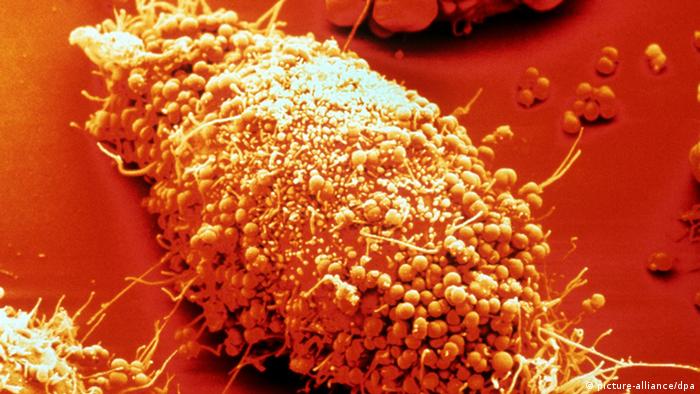
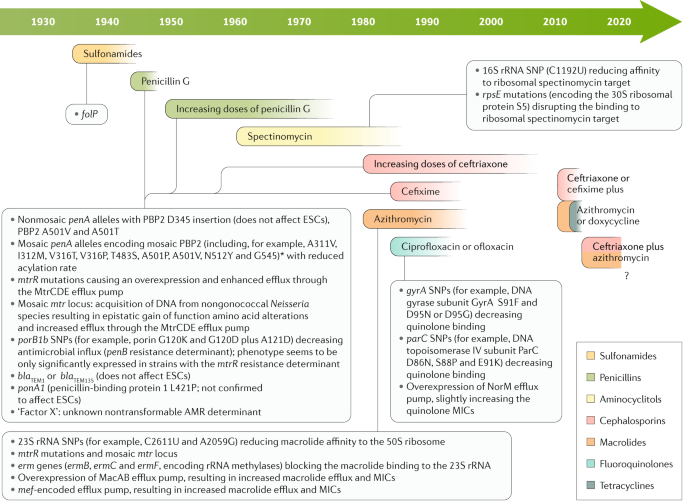



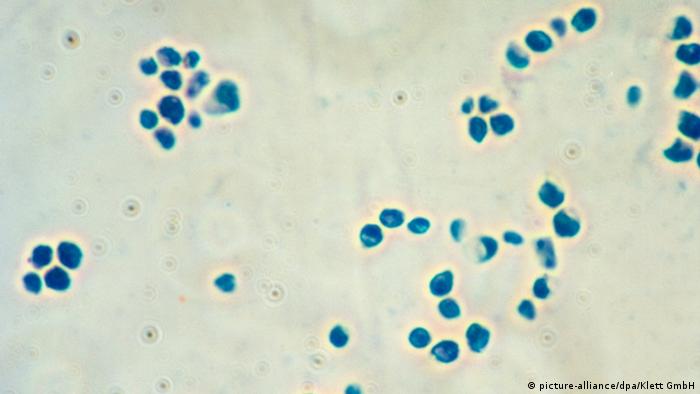





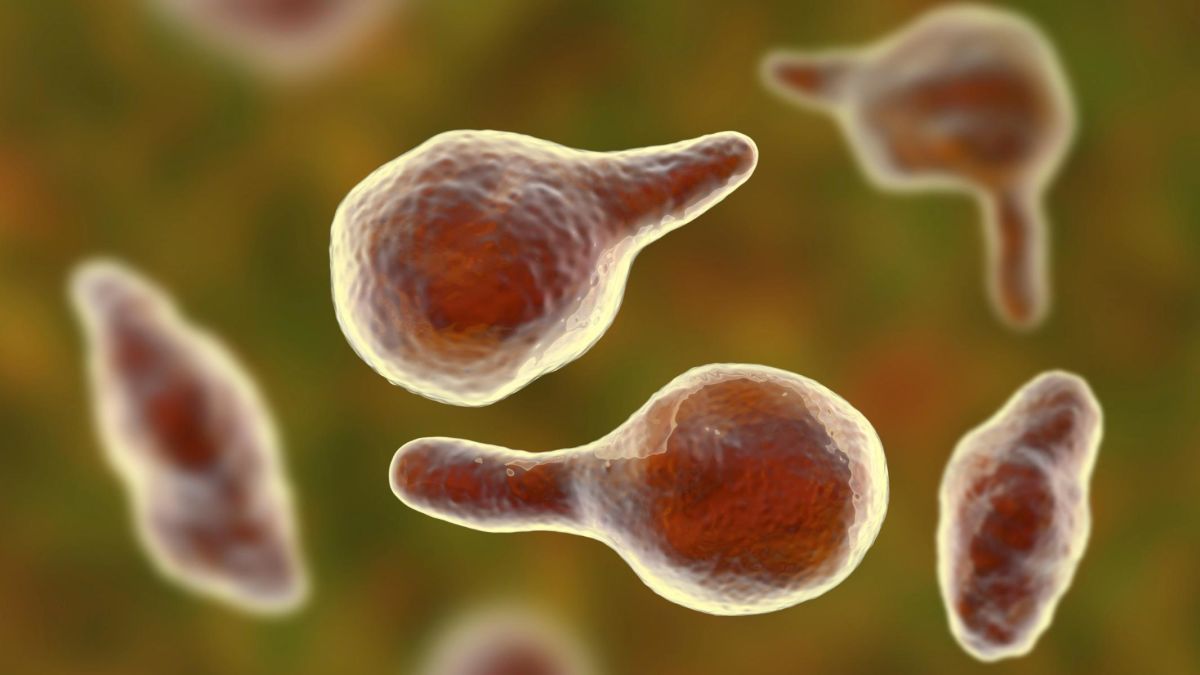



/how-is-gonorrhea-treated-3133260_final-a3ccf0128f48448b81d453243208e322.jpg)

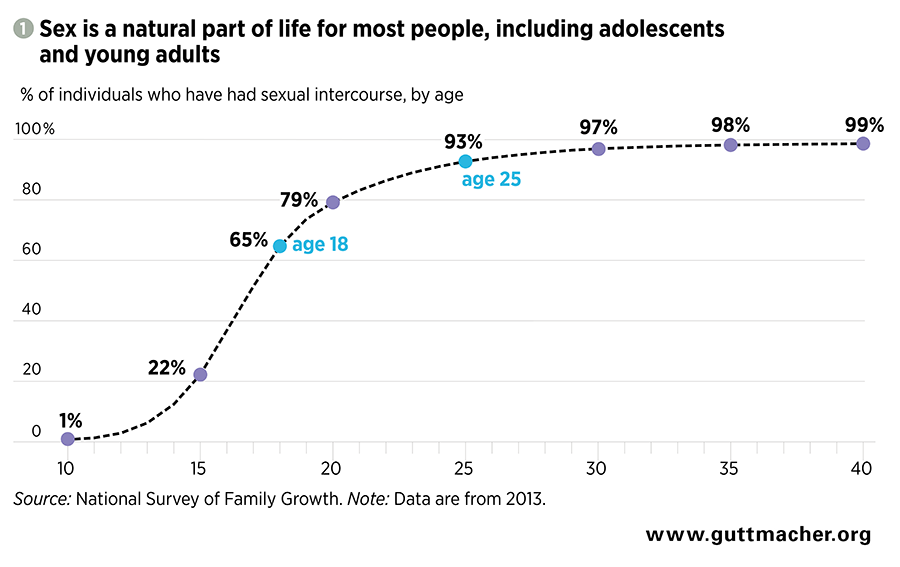


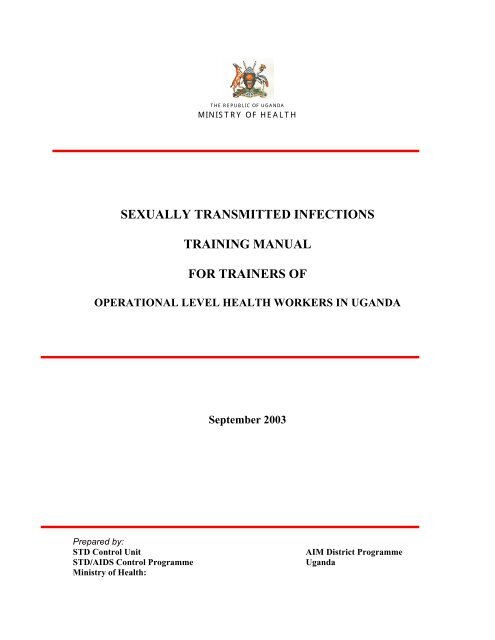
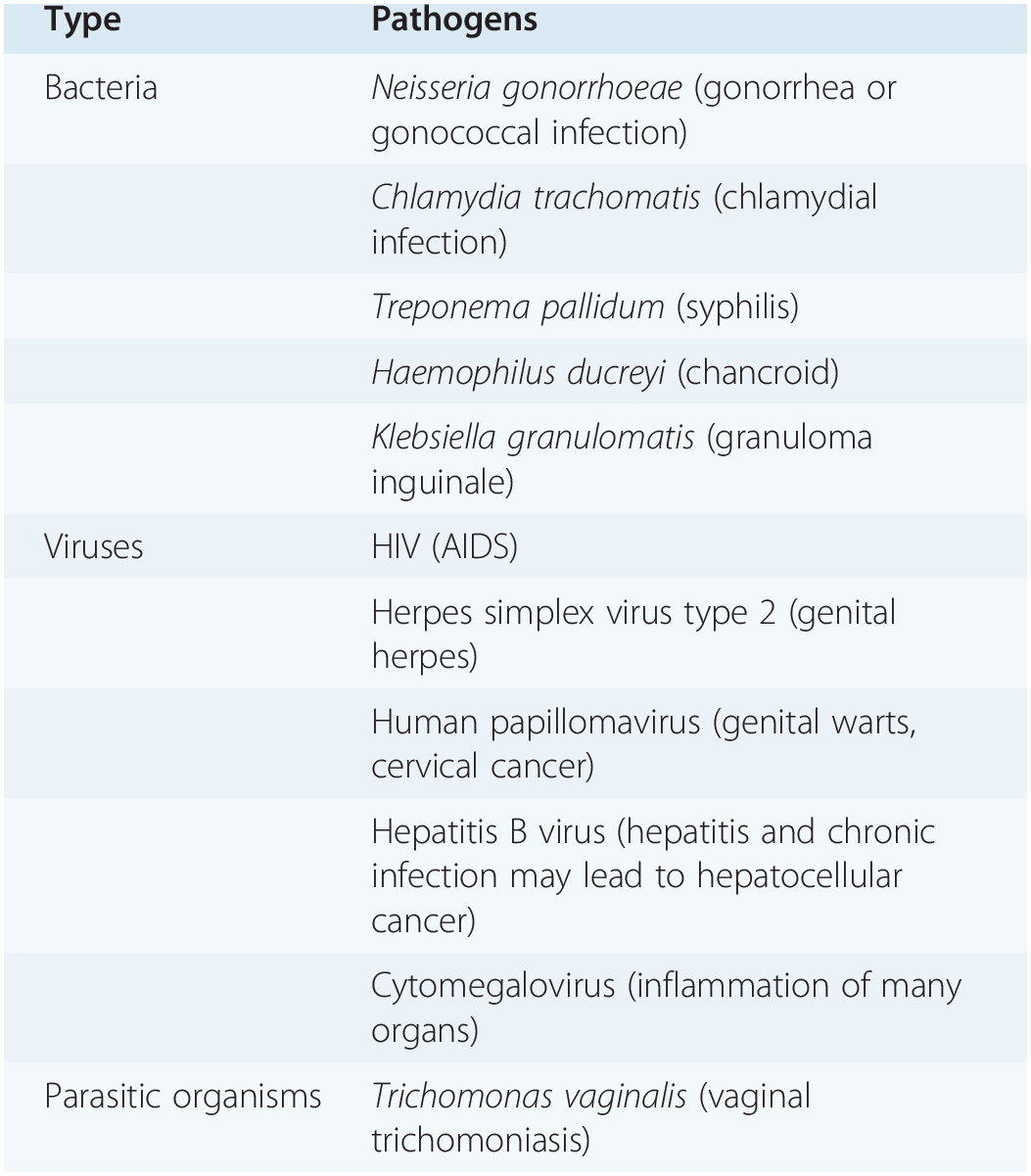
.tmb-479v.png?sfvrsn=e0b98a56_2)



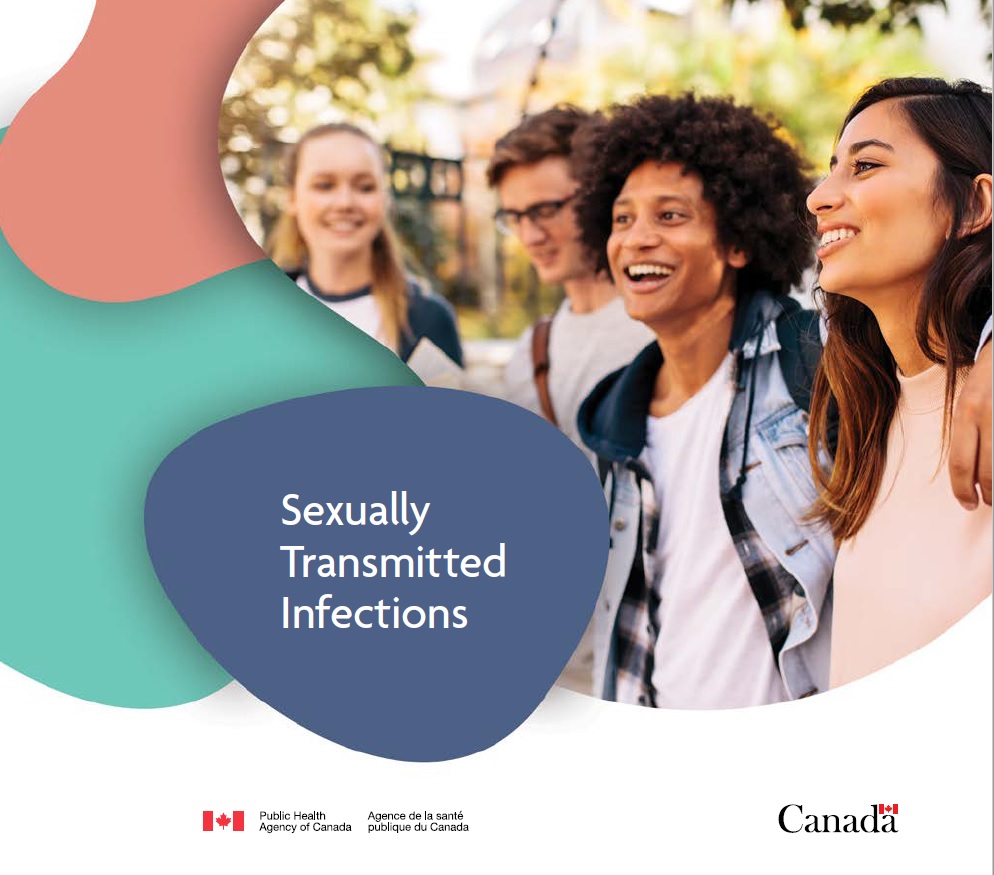


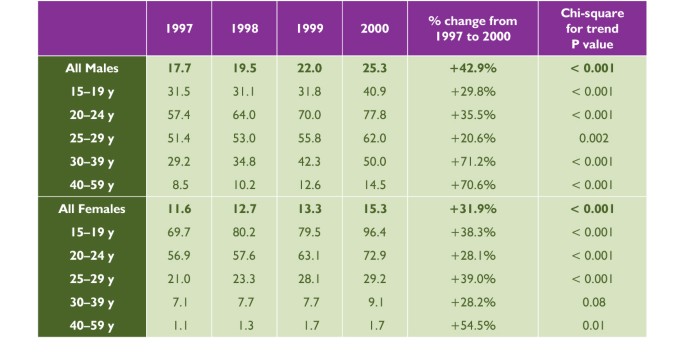




Post a Comment for "The Sexually Transmitted Disease Gonorrhea Has Become Increasingly Resistant To Treatment"